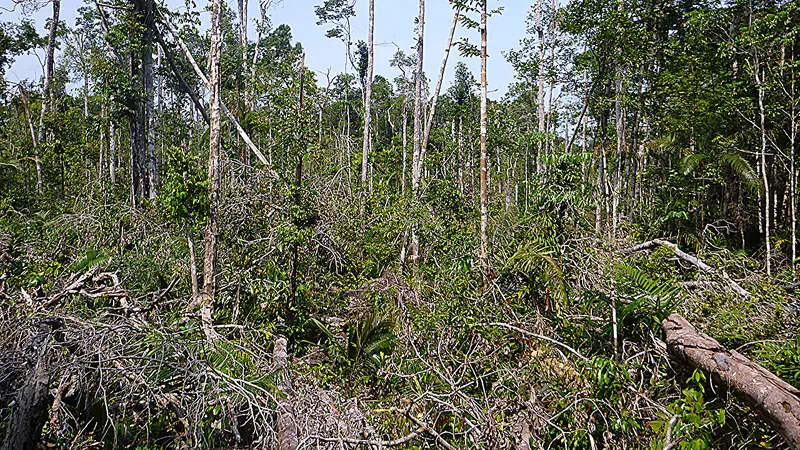
Unleashing Fury: How Climate Change is Uprooting Trees in the Amazon Rainforest
2024-11-11
Author: Jacques
Introduction
As violent convective storms rage through the Amazon rainforest, they unleash a rarely-discussed phenomenon known as 'windthrow,' where powerful downdrafts snap or completely uproot trees. This is not just a natural disaster; it is a critical event that affects the forest's structure and composition. The increasing frequency and intensity of these storms — a direct consequence of climate change — have marked a troubling trend in the Amazon ecosystem.
Research Findings
According to a groundbreaking study published in AGU Advances by J. David Urquiza-Muñoz and colleagues, researchers analyzed 35 years of data from Landsat satellites to track windthrow events in the Amazon from 1985 to 2020. The findings are alarming: the number of these large-scale windthrow incidents, defined as those affecting more than 30 hectares (or 74 acres), has skyrocketed nearly fourfold. In 1985, there were 78 recorded windthrows impacting 6,900 hectares (17,050 acres). By 2020, this number surged to 264 events, covering an astonishing 32,170 hectares (79,494 acres). The central and western regions of the Amazon were most affected.
Methodology
The research methodology involved creating intricate mosaics of satellite images while filtering out areas obscured by cloud cover. Each image was compared annually to detect the spectral signatures indicative of trees that had been downed or uprooted. In total, the study identified 3,179 large windthrow incidents during the sample period, one of which devastated an area exceeding 2,543 hectares (6,284 acres).
Regional Variability
Interestingly, despite the surge in frequency, the study did not identify a clear trend in the size of individual windthrow events over time. However, some regions experience significantly more activity than others: about 3% of the analyzed area accounted for 35% of windthrows, highlighting the heterogeneous nature of these events within the forest.
Future Directions
The researchers note that while their data supports concerns about the increasing intensity of storms, the considerable fluctuation in windthrow incidents from year to year remains unexplained. They emphasize that this dataset could serve as a vital reference for future investigations into how windthrows interact with forest processes. Looking ahead, the team suggests that advancements in satellite imaging technology could yield clearer insights into smaller windthrows, while LiDAR technology could enhance our understanding of the broader impacts of these events outside the immediate areas of damage.
Conclusion
In conclusion, as these storms wreak havoc, the implications are severe not only for the biodiversity of the Amazon but also for climate regulation and global ecology. As we face more extreme weather patterns due to climate change, it's crucial to monitor and understand these windthrow events, lest we lose one of the planet's most vital ecosystems. Stay tuned for more updates on how our changing climate is reshaping the very fabric of our forests!
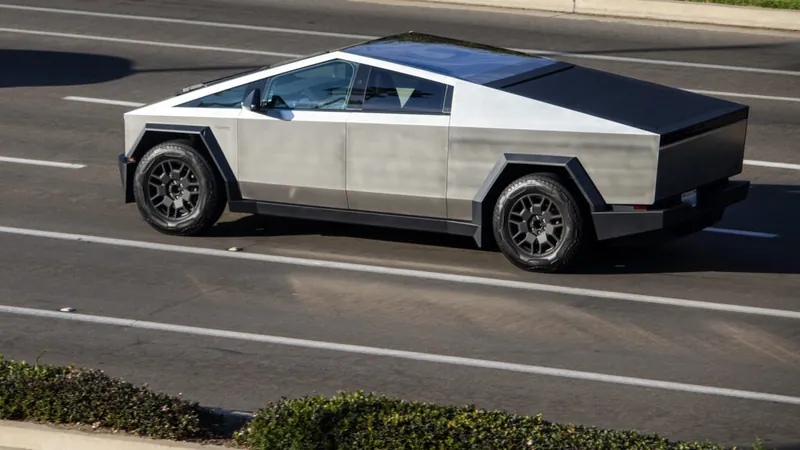
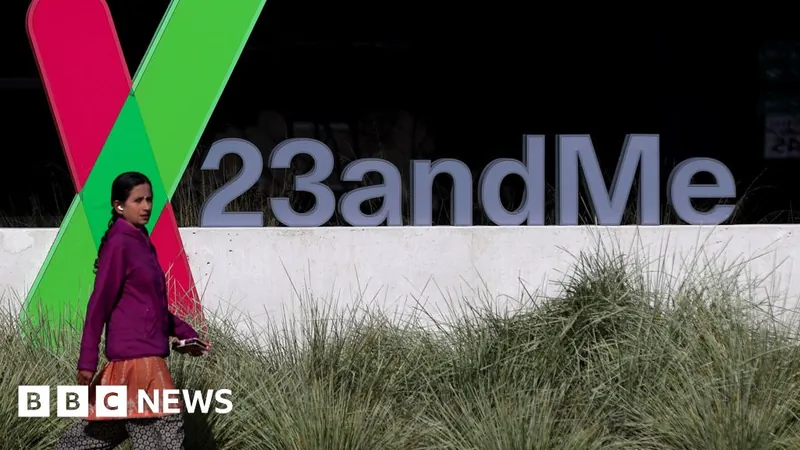

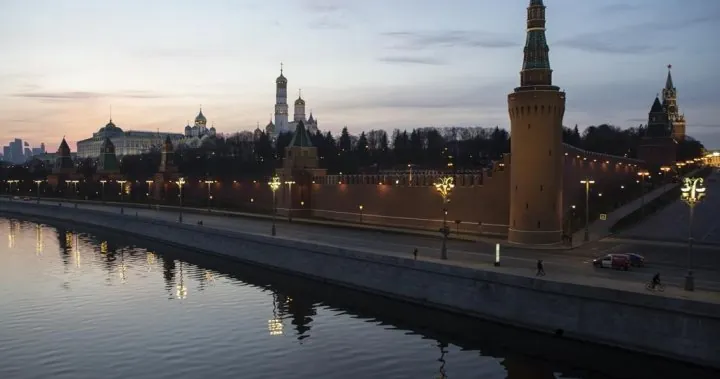



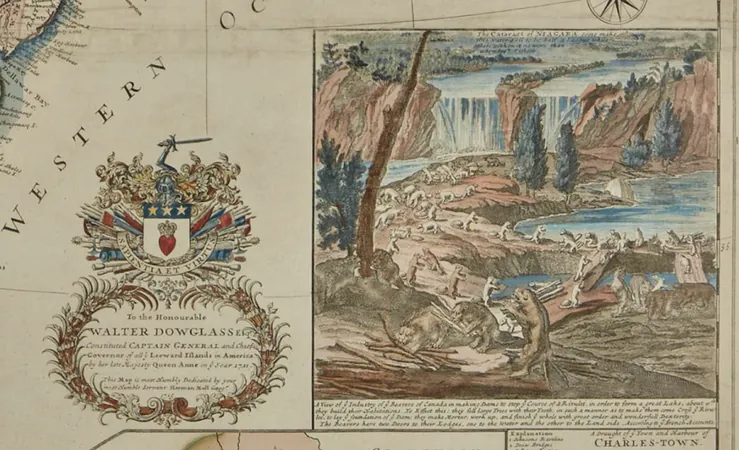

 Brasil (PT)
Brasil (PT)
 Canada (EN)
Canada (EN)
 Chile (ES)
Chile (ES)
 España (ES)
España (ES)
 France (FR)
France (FR)
 Hong Kong (EN)
Hong Kong (EN)
 Italia (IT)
Italia (IT)
 日本 (JA)
日本 (JA)
 Magyarország (HU)
Magyarország (HU)
 Norge (NO)
Norge (NO)
 Polska (PL)
Polska (PL)
 Schweiz (DE)
Schweiz (DE)
 Singapore (EN)
Singapore (EN)
 Sverige (SV)
Sverige (SV)
 Suomi (FI)
Suomi (FI)
 Türkiye (TR)
Türkiye (TR)